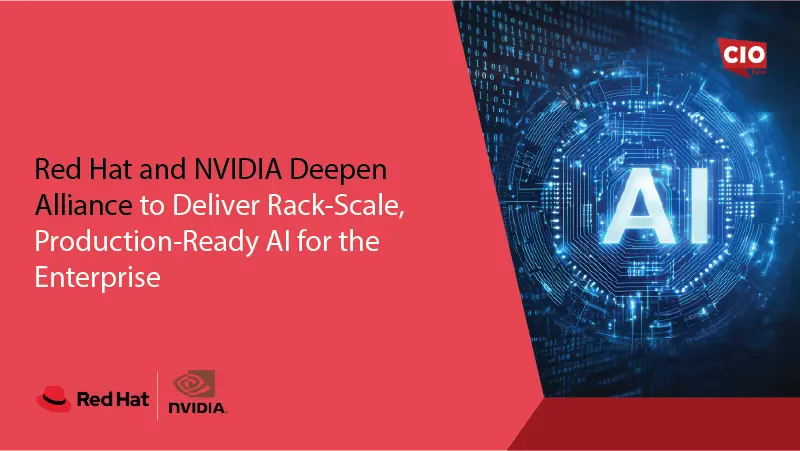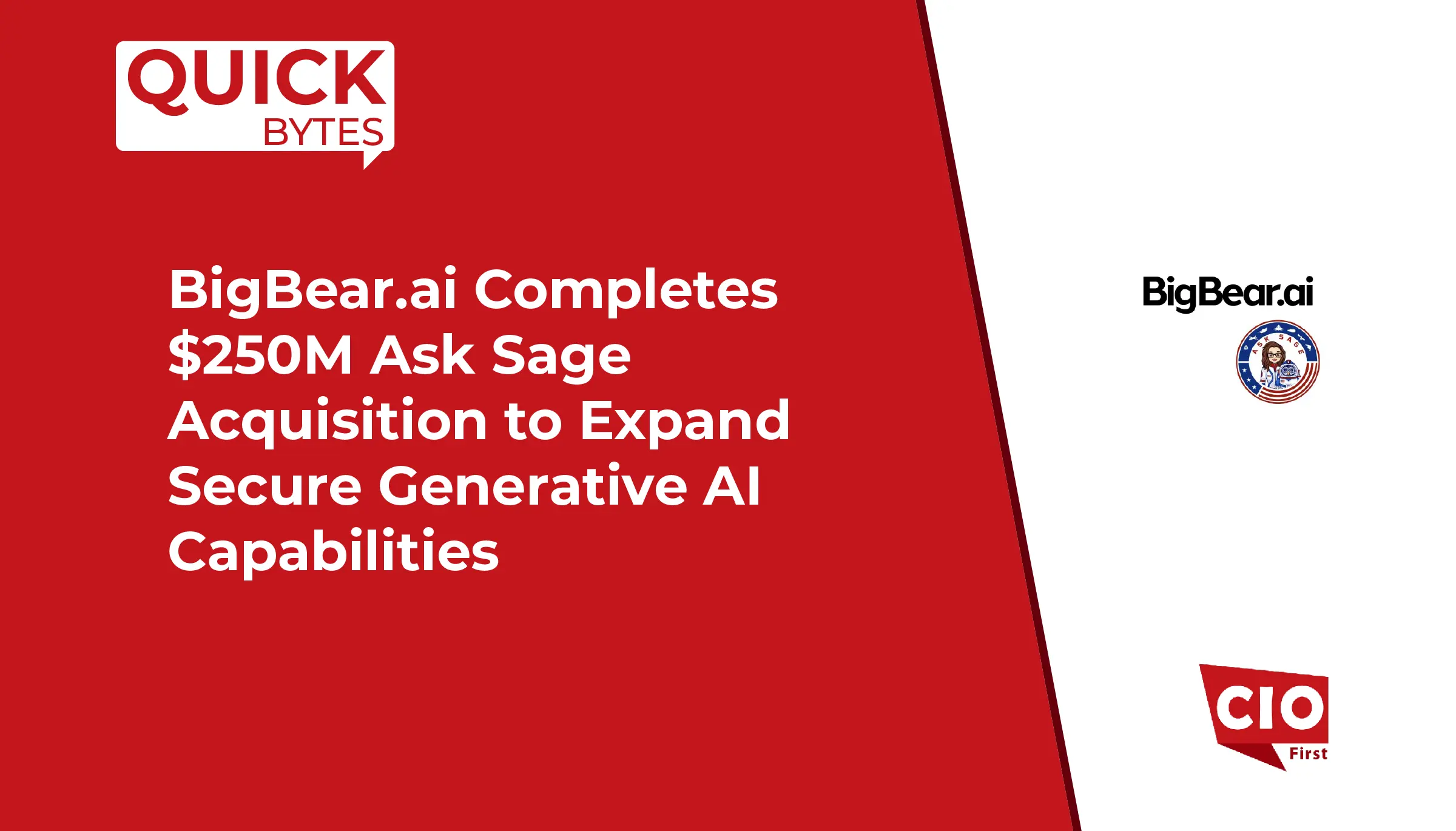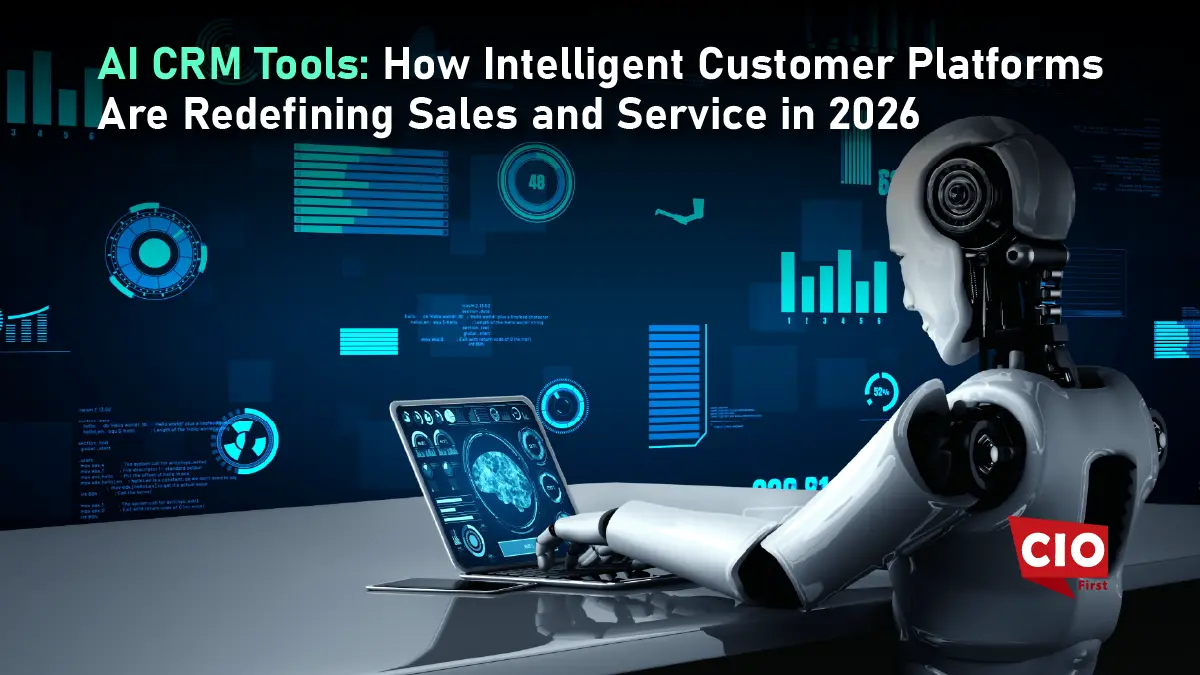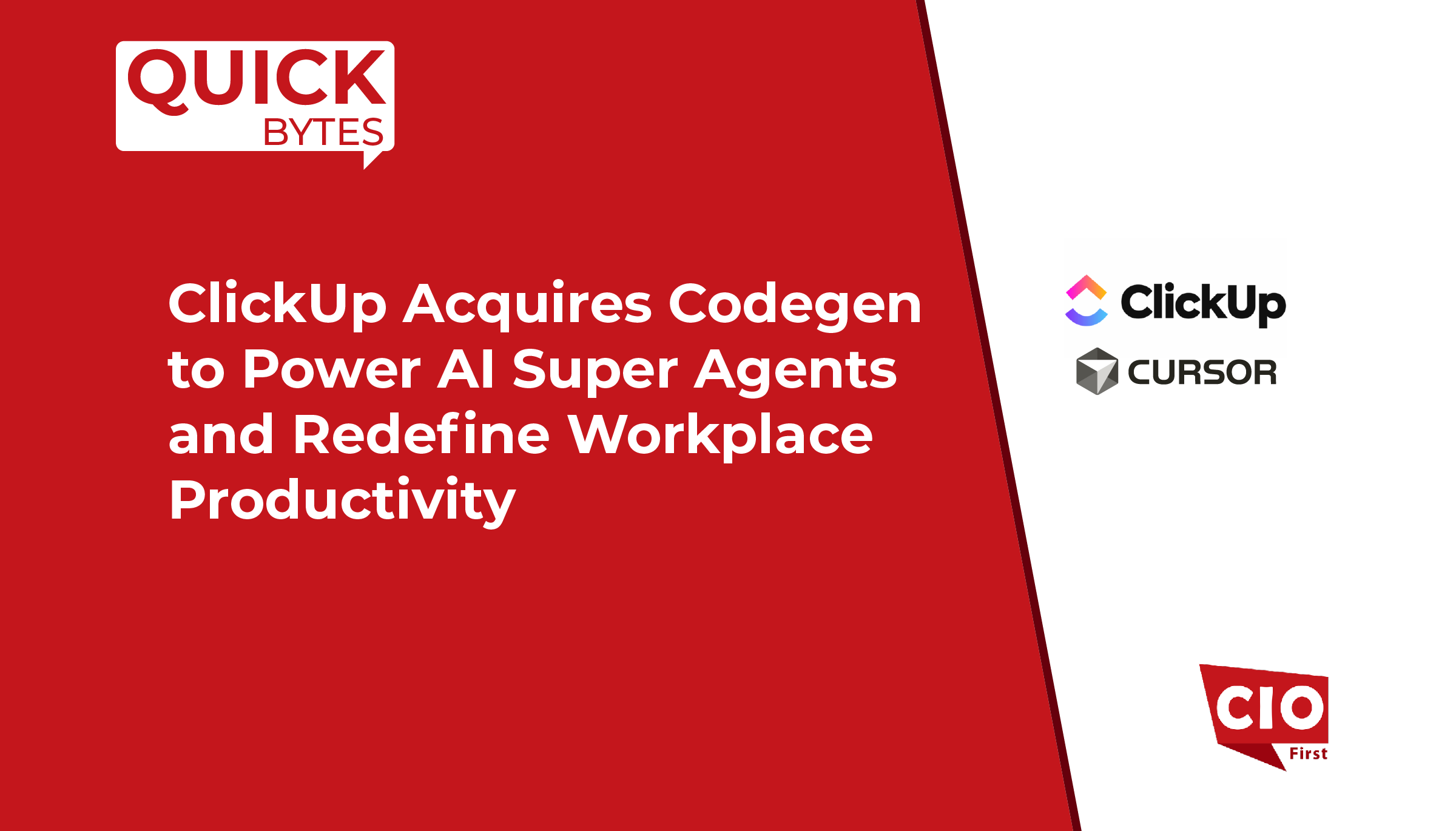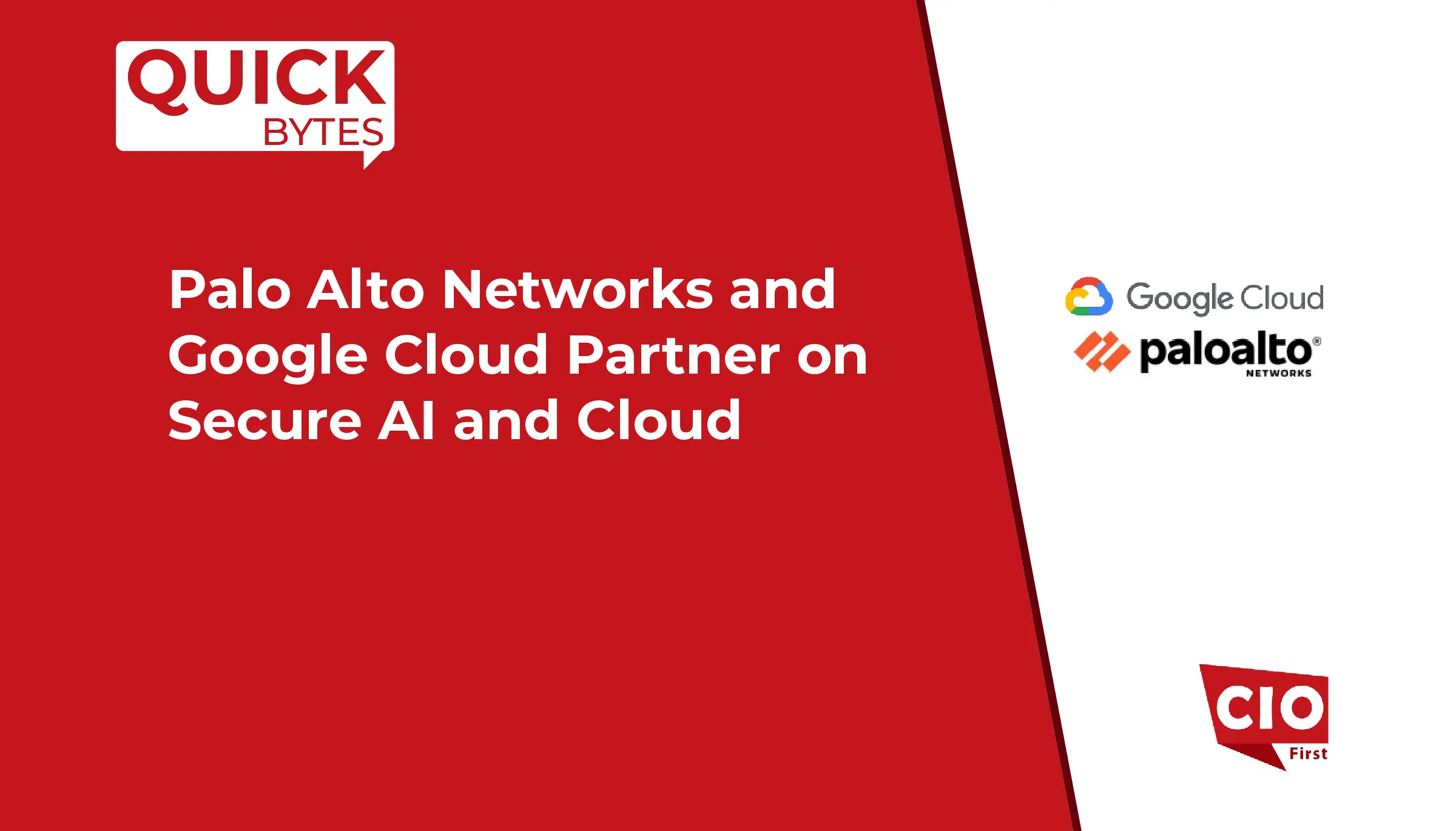Author: Steve Hershkowitz, Chief Revenue Officer, Virtana
As offices closed and workers were sent home in early 2020, many enterprises accelerated plans that were already in motion or on roadmaps: moving to the cloud. The pandemic didn’t alter IT strategies, just the timeline. Enterprises used it as an inflection point to finally take the plunge and leverage the cloud’s service agility, elastic scale, and improved availability to shift from capital to operating costs as part of digital transformation initiatives.
While 2020 was spent migrating workloads to the cloud as quickly as possible to maintain operations and support a new remote workforce, 2021 brought new challenges as enterprises struggled with escalating cloud costs and lack of visibility across multiple public and private clouds.
Now in 2022, it’s clear that enterprises have sharpened their focus on better managing their multi-cloud environments.
Multi-cloud complexity
Ahead of its IT Symposium/Xpo last year, Gartner VP Milind Govekar stated, “there is no business strategy without a cloud strategy. The adoption and interest in the public cloud continue unabated as organizations pursue a ‘cloud first’ policy for onboarding new workloads. Anything non-cloud will be considered legacy.”
And it seems simple. The ideal scenario for any enterprise is to run the right workload, on the right cloud, with the optimal performance, capacity, and cost to suit that workload’s requirements and the company’s business goals.
However, the exact features that are attractive about the cloud – a tunable environment that can scale out and has a variety of add-on features – make it exceedingly complex to manage on an ongoing basis, including:
- Application complexity – most enterprises overlook or do not fully understand the size, complexity, and dependencies of applications before moving them. That complexity and lack of visibility often lead to unexpected costs, poor performance or other business-impacting side effects once migrated to the cloud.
- Managing multiple cloud providers & environments – if an enterprise has a self-service deployment across five cloud providers, they then have five different environments to test, secure, and manage on an ongoing basis with a variety of interfaces, data, and processes.
- Too many tools & manual analysis – making the management situation even worse, enterprises are often forced to manually correlate data from multiple tools across multiple clouds to try and get some basic understanding of their total multi-cloud performance, capacity, cost, etc.
And these multi-cloud challenges are only growing as adoption increases: a recent State of Multi-Cloud Management 2022 report–based on a survey of 360 CIOs and IT leaders in the US and UK who are all cloud decision-makers– found that 82% of organizations are currently leveraging a multi-cloud strategy and 78% of organizations have workloads deployed in more than three public clouds.
Also Read: A Cloudy Horizon: Solving the Multi-Cloud Conundrum
Common multi-cloud cost challenges
Multi-cloud management is so complex that many enterprises today are simply trying to manage multi-cloud environments based on their end-of-month bills (which typically can have 10-20 million line items ‘conveniently’ delivered in an Excel spreadsheet). This is a reactive approach that forces teams to try and get service credits for sunk costs rather than seeing and understanding their environments and proactively optimizing resources in real-time.
Most typical cost issues result from enterprises having idle resources and larger-than-needed servers or containers, but it’s also from a lack of details – such as the catch-all “EC2-Other” billing line item for AWS that can be large and ambiguous – or automation tools that create unneeded servers, storage, back-ups or other unnecessary resources
Here are two real-world examples that illustrate how cloud spending can escalate quickly:
Cruise Industry – a major cruise line that spends tens of millions per year for multi-cloud services was trying to figure out why its cloud spend was so high. After analyzing its usage and billing in real-time, the company realized that when its ships returned to port and reconnected to its network, a tool was automatically creating a duplicate backup of various data and systems in the cloud that were not necessary. By eliminating the idle resources, stopping the unintended back-ups, and right-sizing their environment, the cruise line recognized USD1.3 million in annual cloud savings.
Cybersecurity – a Data Loss Prevention company serving hundreds of enterprise customers, including financial services, government agencies, hospitals, and manufacturers, delivers its SaaS solution from a variety of AWS locations distributed across the world to meet availability and regulatory requirements. The company struggled to get a complete view of its environment using standard AWS services, tagging, third-party tools, and manual processes. After gaining real-time visibility and control over its cloud services, the company was able to increase the efficiency of its AWS infrastructure resource usage by 45%, even as its number of EC2 server instances grew from 650 to 800.
Real-time cloud cost optimization
With Gartner estimating that global cloud revenue will top $474 billion in 2022 – up 16% from last year – and many enterprises now spending millions of dollars each month on their multi-cloud environments, gaining visibility and control over multi-cloud environments is a critical business issue.
As enterprises continue to work towards a multi-cloud approach that will help to prevent vendor lock-in, the ability to view, manage and optimize environments in real-time to stay on budget and meet business needs as conditions and cloud options change, it will be paramount to have a multi-cloud management strategy in place to meet today’s digital transformation initiatives.
Check Out The New Enterprisetalk Podcast. For more such updates follow us on Google News Enterprisetalk News.
The views of this guest author are solely that of the respondent, not ODM digital or any of its brand companies. ‘







